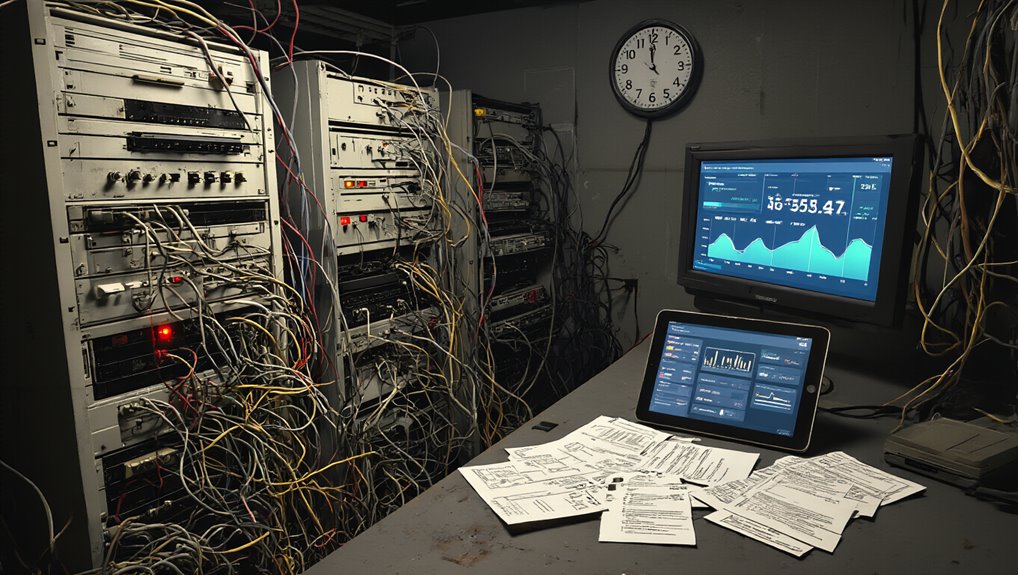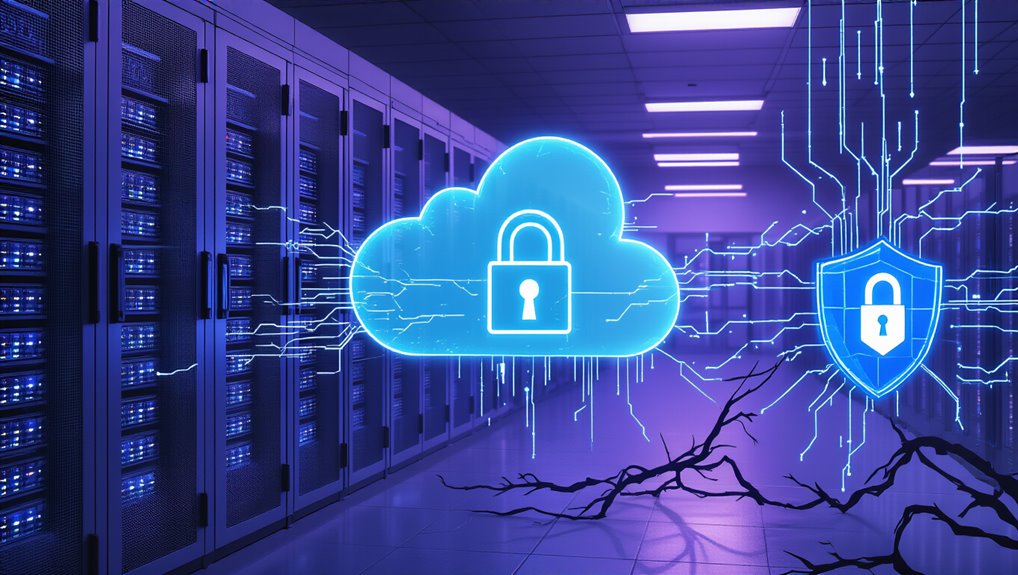Malware threats are overwhelming IT help desks across organizations worldwide as cyber criminals release increasingly sophisticated attacks. The statistics paint a troubling picture: 61% of data breaches last year involved malware, resulting in over 343 million stolen credentials. This surge has created unprecedented pressure on IT support teams who must manage both routine technical issues and critical security incidents simultaneously.
Email remains the primary attack vector, responsible for more than 75% of targeted cyberattacks in 2024. IT help desk teams face a barrage of incidents from these campaigns, often requiring immediate attention to prevent widespread damage. The rise of zero-day exploits—up 55% since 2020—further complicates their response capabilities, as these attacks exploit previously unknown vulnerabilities. Small businesses are particularly vulnerable, with over 50% of cyber attacks specifically targeting SMBs despite their limited security resources.
Three major malware families dominating in 2024 include:
- SocGholish (14% of incidents)
- GootLoader (10% of incidents)
- AsyncRAT (4% of incidents)
Each of these threats focuses on remote access and credential theft, creating complex remediation scenarios for support staff.
The financial implications are staggering. The Change Healthcare breach alone cost an estimated $2.87 billion in response and $6 billion in assistance. These costs reflect the enormous resources required to address sophisticated attacks, pulling IT help desk personnel away from their regular duties for extended periods.
Perhaps most concerning is that approximately 75% of organizations faced multiple ransomware attacks in just the past year. This persistent threat environment means IT support teams must constantly pivot between incident response and normal operations, creating unsustainable workloads.
Even organizations with established security measures remain vulnerable—many infections occur despite antivirus and EDR solutions being in place. Organizations implementing data governance frameworks can significantly improve their security posture by ensuring consistent handling of sensitive information across all systems. The healthcare sector has been particularly devastated, with incidents like the NHS cyber attack forcing the postponement of over 1,100 elective procedures and 2,000 outpatient appointments.
The 107% surge in IoT malware attacks further expands the attack surface that help desks must monitor and defend. With cyber attacks increasing 30% year-over-year and organizations facing an average of 1,636 attacks weekly, IT help desks face a seemingly impossible task of maintaining security while supporting business operations.









